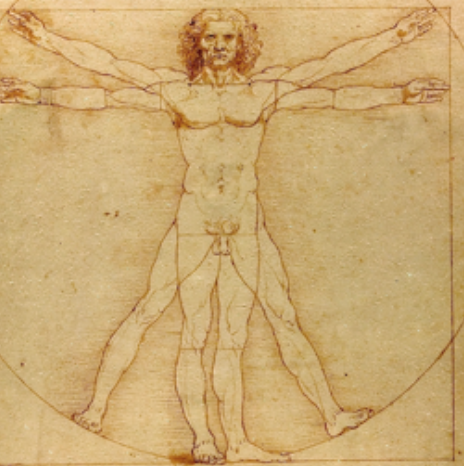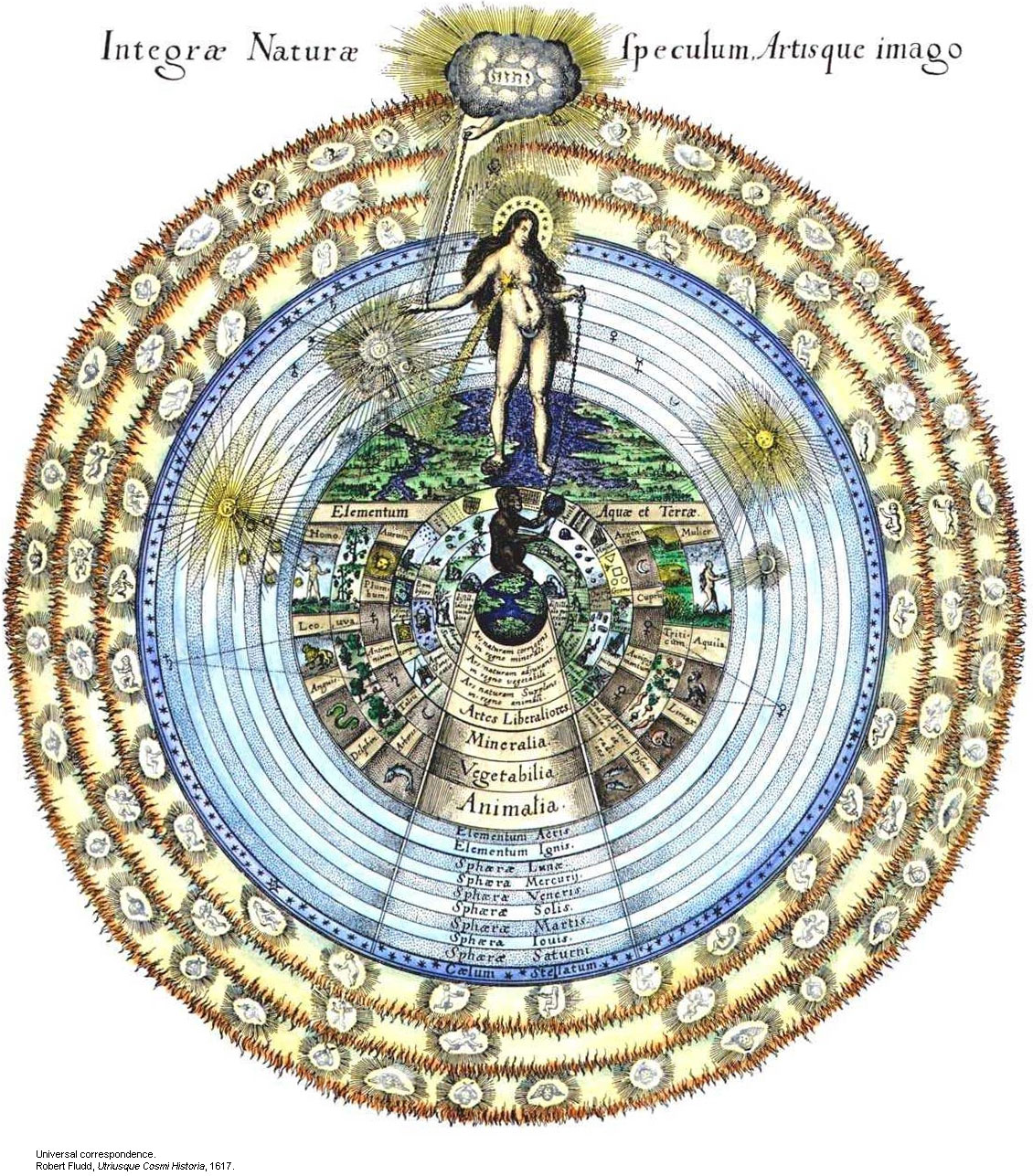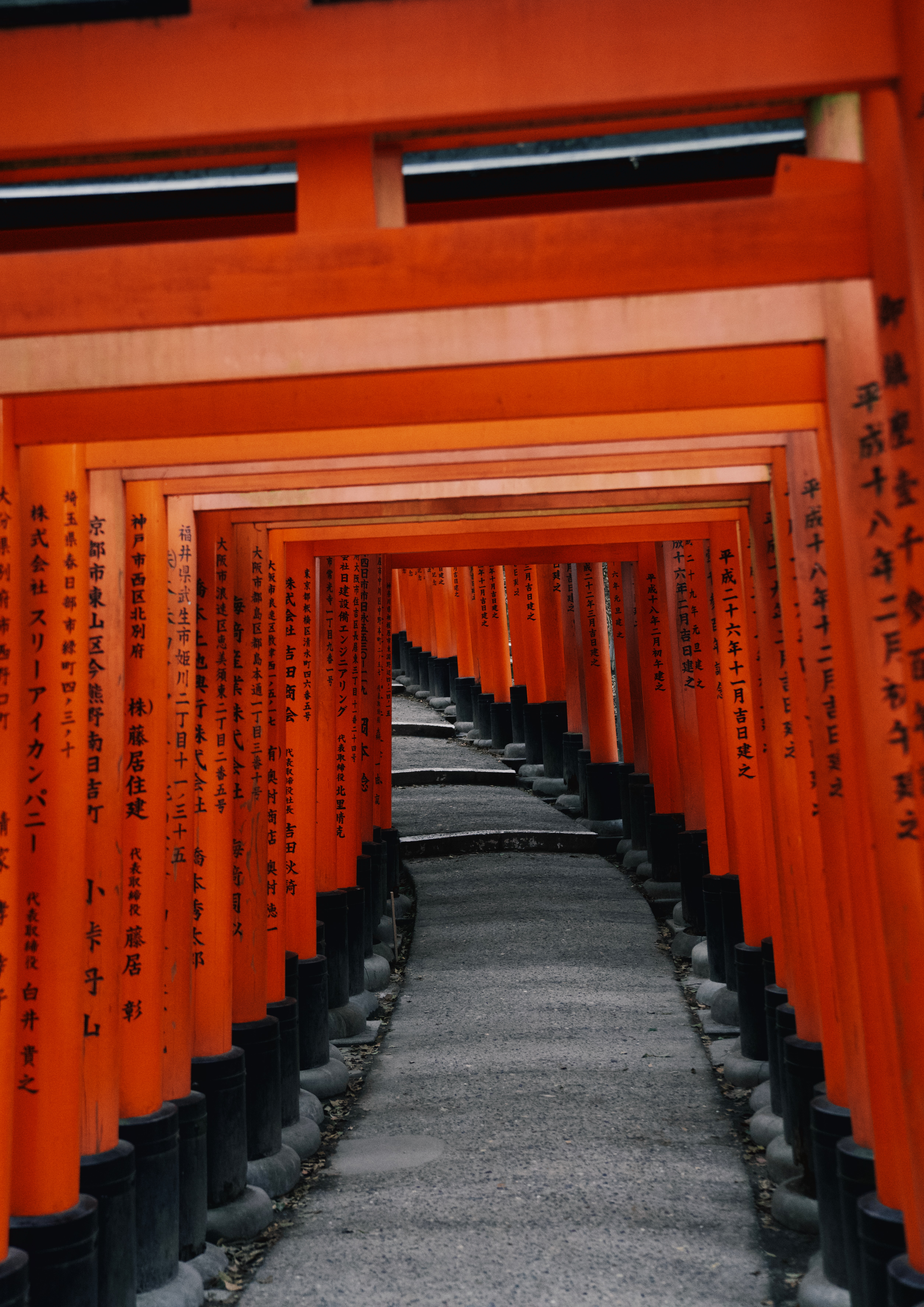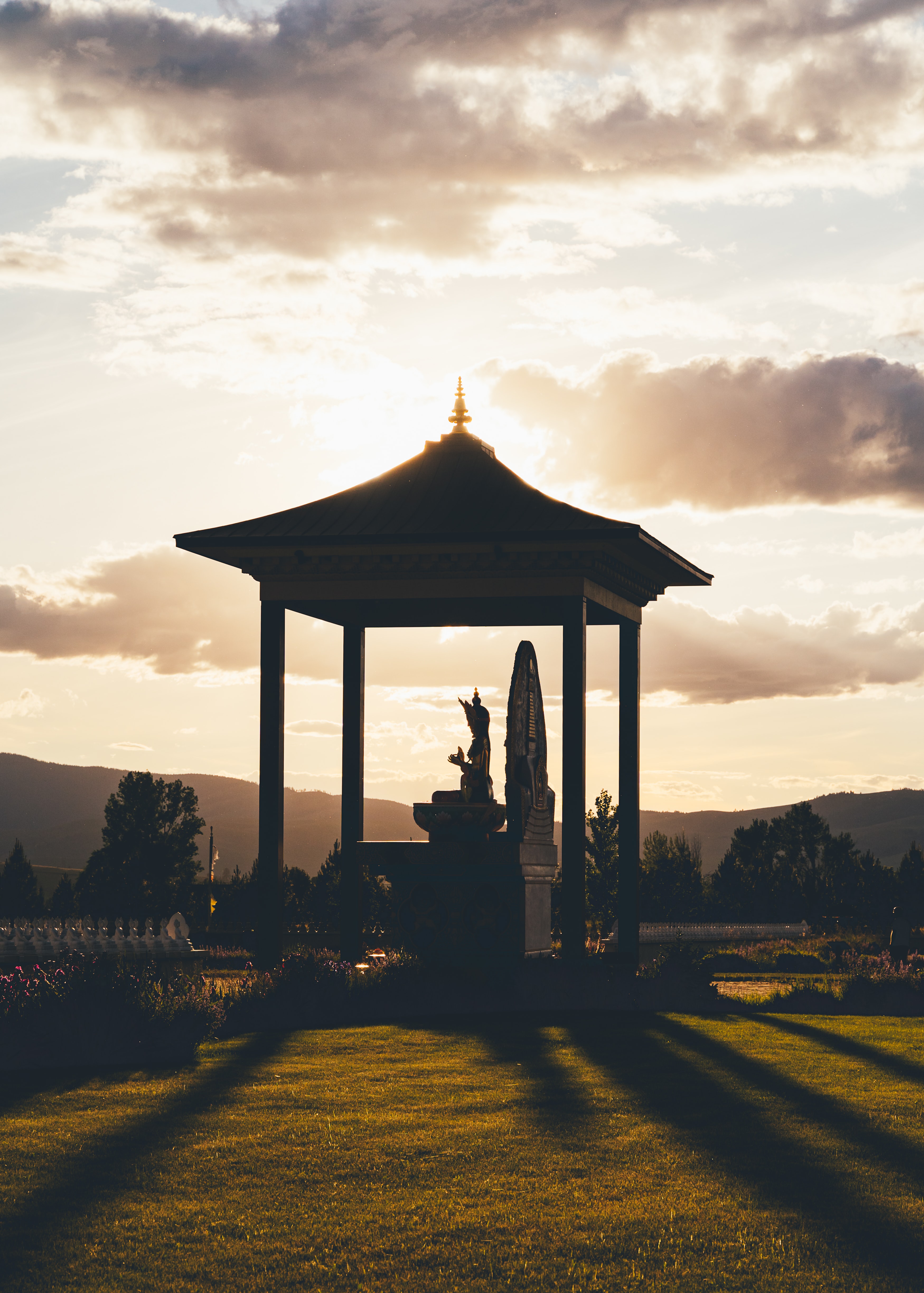- Timeless & Universal Philosophy
- India
- Tibet
- Buddhism
- China
- Egypt
- Greece
- Rome
- The Neoplatonic School
- The Human Being & The Universe
- The Hermetic Tradition
Philosophy of History
Of all the mysteries throughout history, the human being has always been one of the greatest. Who are we most essentially? What is our role and position within the universe? What is our relationship with it and what are our responsibilities? Is man ‘the measure of all things’? Is there an interconnectedness in life? In this part of the course we will look at some of the major ideas that have arisen from the contemplation of these questions, which have typically always involved a consideration of ‘the sacred’, a concept that has been studied by a number of 20th century scholars, including Rudolf Otto, Mircea Eliade and Joseph Campbell. These scholars showed that all traditional societies have given great importance to ‘sacred time’ and ‘sacred space’, for example in their seasonal festivals and in the consecration of temples. We will consider how these ideas could be integrated into our contemporary ways of living, as they seem to be so fundamental to the renewal of individuals and societies.

Microcosm / Macrocosm is the principle that the great is reflected in the small, that the human being is an image of the universe, and that the key to the understanding of life is to be found within ourselves. This idea – which was widespread in antiquity – was popularised during the Renaissance, when human beings came to seriously consider themselves as agents of their own destiny and endeavoured to come into closer contact with nature by discovering its hidden laws and causes. Many works of great artists and scientists from that time expressed this confidence of human beings at the centre of an ordered cosmos with a destiny to fulfill. The aim of philosophy itself could be considered to better understand this Microcosm / Macrocosm relationship: to re-establish communication between two worlds − man, the smaller, and the universe, the greater.


Ancient and traditional societies viewed Nature not as an ‘It’, but as a ‘Thou’, and saw themselves as an integral part of the natural world. As that world is not only visible, but also invisible, it was natural for them to create ways of connecting with the invisible world of ‘the sacred’ through myths, symbols and rituals. The rituals of ‘sacralising’ space with the geometric forms that we find in temples and cities were a way of strengthening the connection between ‘heaven’ (the spiritual) and ‘earth’ (the material).
Similarly, the celebration of sacred times, such as the solstices and equinoxes, has been a universal phenomenon which sought to put the human being and society as a whole in harmony with the natural rhythms of life and connect us with our inner spring, autumn, summer and winter. In this way, human beings and societies were able to renew themselves through communal festivals that connected human beings with the essence of life in its different manifestations.

